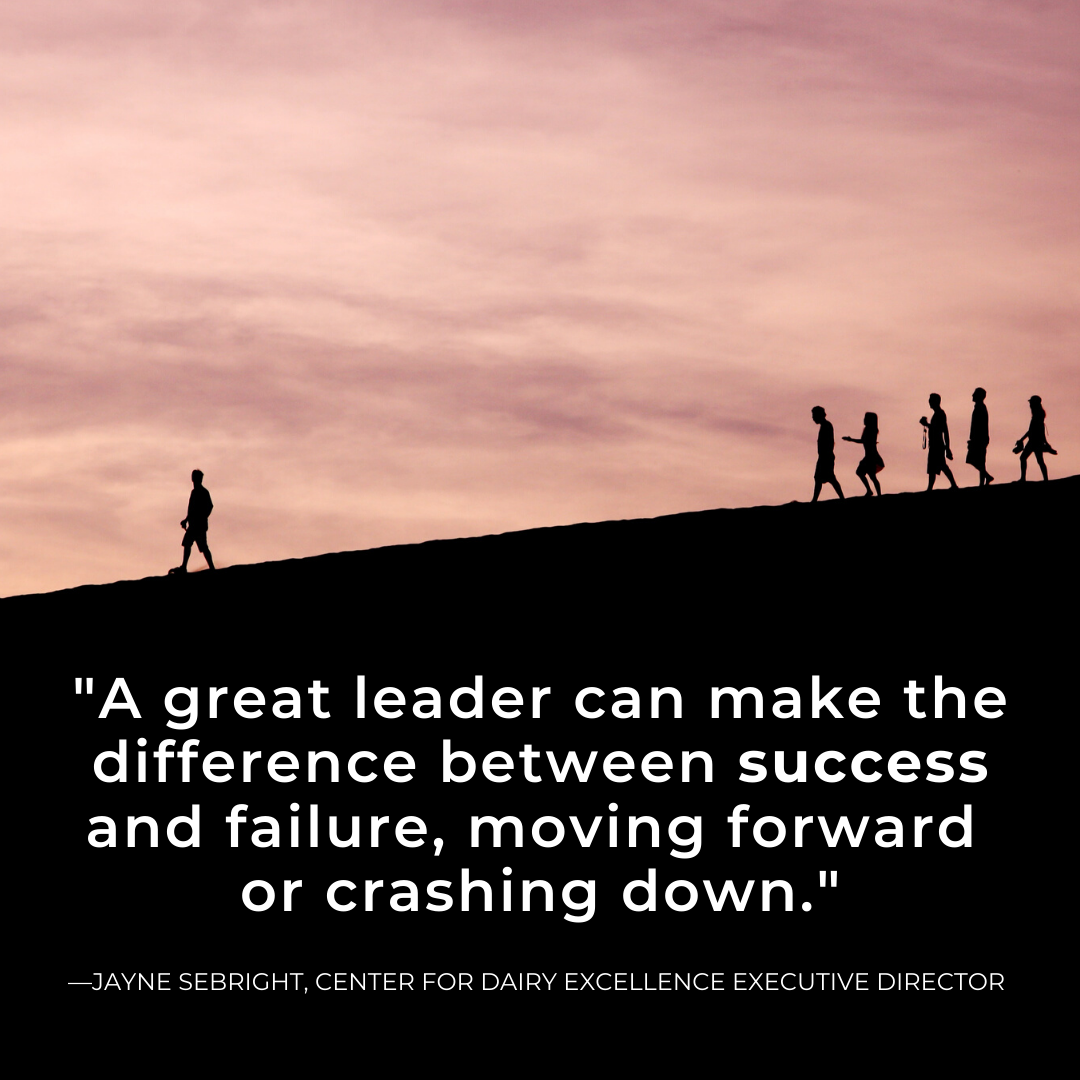Every year in February, we celebrate Presidents’ Day. It provides an opportunity for teachers to share wonderful stories about our forefathers with their students, people to joke about those funny “President legends” you didn’t learn in class, and for businesses to have one last sale after the holiday rush. It’s also a time to reflect on the values and principles that make our country great.
When you look back on the history of our country, we have been shaped and inspired by many great leaders. They weren’t all Presidents, but they all had one thing in common: they inspired people to follow them. Whether it is the pastor at your church, the mayor in your town, the CEO at a Fortune 500 company, or the manager on a farm, a great leader can make the difference between success and failure, moving forward or crashing down.
I recently attended a seminar led by Marcus Buckingham, who wrote A Freethinking Leader’s Guide to the Real World: Nine Lies About Work. In the seminar and his book, Marcus took nine concepts that most of us would say are steadfast principles of leadership and completely dissected them to get at the reality behind watered-down mistruths.
Marcus and his colleagues researched various workplace environments. What they found was that it’s not the company’s culture that drives performance, but rather the leader’s ability to recognize and build on the unique strengths of those vested in that culture. To me, their findings could also easily apply to a culture on a dairy farm or in our industry.

Here are a few of my favorites “lies” that he shared.
- People care which company they work for. The research indicated that, in any company, the engagement of the team is what determines whether an individual is likely to stay or leave. In other words, it is the who that matters to people more than the what. Marcus suggested that leaders should sit down with their team members and ask them questions like “Do you understand what is expected of you?”, “Do you feel you are surrounded by people who share your values?” and “Are you able to use your strengths?” Then, he said, you should act on the things they suggest when it makes sense.
- The best plan wins. The most challenging aspect of a business plan is keeping it from becoming obsolete before it is put into practice. That was supported by Marcus and his colleagues’ research, which indicated that the best plan doesn’t win—the best intelligence does. He suggests that you offer as much information as you can to those who are on the front lines, pay attention to what information they find the most useful, and then trust your team to make sense of the data. Weekly check-ins, in which you ask them their priorities and how you can help, can help keep your employees engaged and let them know you care.
- People need feedback. Marcus explained that often, when we give feedback, it is based on our interpretation of “who they are” and not what is happening. Most of us are preconditioned to see feedback as negative and stressful. It often leaves us feeling isolated and lonely. What people want instead, he said, is to have honest, open relationships with other people. He encouraged leaders to start out any feedback process by sharing three things you see working before sharing what is not. Then ask how they solved a similar problem in the past and what they already know they need to do in the future.
- People have potential. Marcus cautioned leaders against labeling their team members as either “high potential” or “low potential” because, when you do, you give them a label that is almost impossible to shake. Instead, he said, think of people as having momentum. He defined a person’s momentum as those qualities that are enduring, or what defines them, plus those qualities they can gain through additional experience and knowledge. While it’s true that some people learn and grow at a much faster rate than others, everybody can possess momentum and a person’s momentum can change over time.
- Leadership is a thing. This lie was what caught me most off guard because we talk often in the industry about developing strong leaders. Instead, he said, followership is a thing. The one and only thing all leaders have in common is that they can inspire people to follow them. When you look throughout history, there isn’t a single trait that someone must possess to get a group to follow them. That’s because what followers want most is someone who inspires them to see a more positive future – whether it’s on the farm, in a business, in a community or in an industry. That requires the leader to be able to relate to each team member’s unique needs and to paint a vision that builds on those collective needs.
So, sit back and think about where you have a leadership role – whether it’s on your farm, in your church, in your community, or within the industry. Ask yourself what you are doing to inspire people to follow you. Are you listening to them, are you giving them the information they need, and are you taking the time to build a relationship with each of them? Do you see their momentum or just their potential? And, ask yourself, what is your vision to inspire them?
Someone once said, “The mediocre teacher tells. The good teacher explains. The superior teacher demonstrates. The great teacher inspires.” As we look back in history, the same can be said about any great leader. To learn more about Marcus Buckingham’s approach to leadership and his ideas on how to inspire others, you can go to freethinkingleader.org.
Editor’s Note: This column is written by Jayne Sebright, executive director for the Center for Dairy Excellence, and published monthly in the Lancaster Farming Dairy Reporter.

